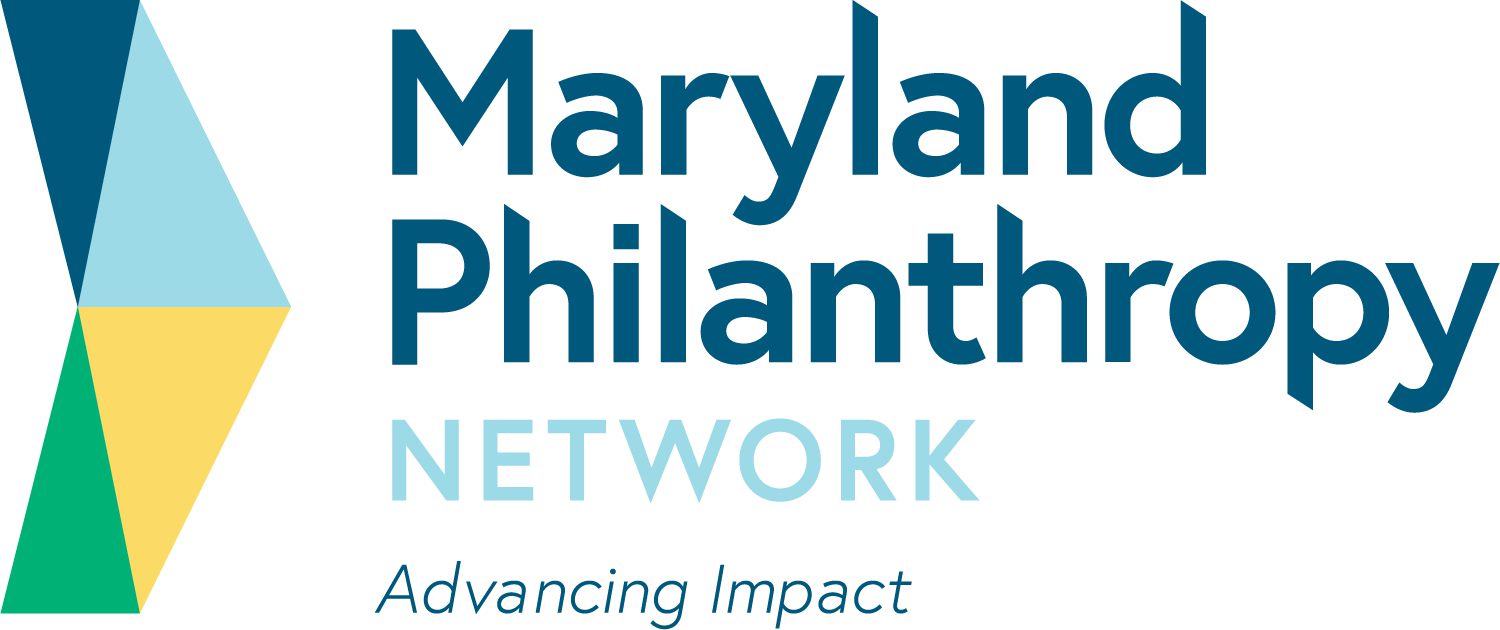INVOLVING THE PUBLIC SECTOR, POLICYMAKERS
Grantmakers commonly invest time developing and strengthening relationships with their grantees and community-based partners in their fields of interest. They value that collaboration and two-way communication as they learn what is working and expand services to meet increasing demands. Often underestimated, however, is the value of bringing the public sector and policymakers into the grantmaker-grantee dyad.
We are seeing increased interaction of funders with the public sector and policymakers to effect the sustainable social changes that philanthropy seeks. I recently spoke to Meg Woodside, trustee of the Woodside Foundation, about how her foundation works with "the system” to achieve the systemic change she is looking for.
"In my work as a Trustee of a small family foundation, some of the broadest impact we have been able to generate in the field of financial literacy and asset building is attributed to partnering with our state-level public sector leaders.” Meg is chair of the grantmaker affinity group focused on this issue, where funding colleagues share best practices and grantmaking strategies to increase people's financial capability, improve their access to affordable and fair financial products and services and help them increase their financial assets over time.
Meg related an example which highlights promising developments in Maryland resulting from grantmakers and grantees joining with the public sector to move an agenda forward.
"Initial steps began with a series of cross-sector conversations about what action Maryland was going to take in response to the Great Recession and its economic toll on families. Funders and practitioners with knowledge of Maryland's landscape and what other states were doing conveyed a sense of urgency to state policymakers, and we helped them identify field partners, strategies and thought leaders. Public sector leaders then created the Governor's Task Force to Study How to Improve Financial Literacy in the State.
Eighteen recommendations are in various stages of implementation. An early outcome of the task force was a separate cross-sector partnership with Maryland State Department of Education (MSDE) to incorporate financial education standards into the public school curriculum requirements, which was accepted by the State Board of Education in January, 2010. Advocates continued to press for ongoing state-level engagement to champion this work after the sunset of the task force. Working together, a bill to create a new statewide Financial Education and Capability Commission with diverse stakeholder representation was recently signed and takes effect October 1, 2012.
These milestones could not have been accomplished by philanthropy operating alone. They illustrate the role philanthropy can play to impact a policy issue or a population in tandem with traditional grantmaking activities. Funders can be highly effective serving as subject matter experts on task forces, we can convene and be vocal at public forums, and we can underwrite research and outreach efforts in support of desired policy or program changes.
This is the hard work philanthropy will need to embrace beyond our grantmaking activities to see the changes we want over time and on a scale that maximizes impact. Getting there will require us to be consistent and deliberate in our cultivation of open and effective working relationships with our public sector partners.
In my experience in the field of financial capability, this inclusive and productive partnership will be paying dividends for Maryland families for many years into the future.”
FIND MORE BY:

